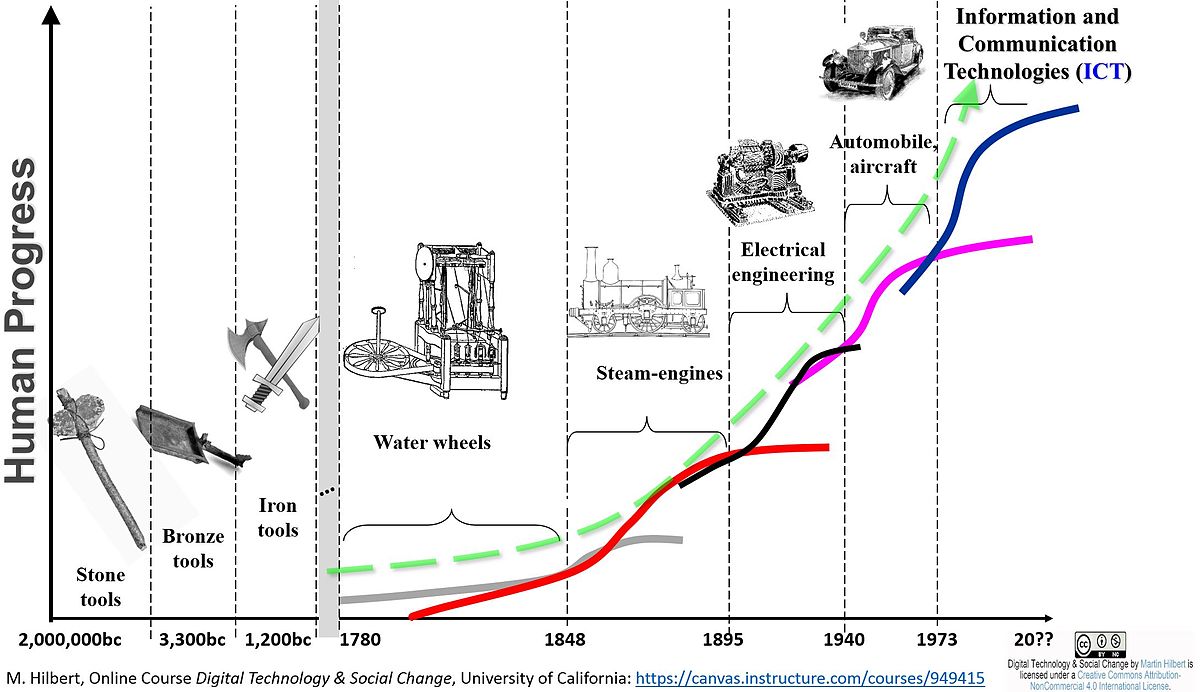Note: I’m not Estonian, so there is a possibility for inaccuracies.
How Estonia is leading the digital transformation
Even though Estonia is a small country with only a population of 1.3 million residents and a GDP of $31 Billion (7 times less than the net worth of Elon Musk), it has gained a foothold in the world of new technologies. It seems that as a country, Estonia has realized the importance of the digital revolution. Estonian politicians and leaders are on the map when it comes to decisions regarding the future growth and prosperity of their nation. They understand that for Estonia to stay relevant in the future, it has to innovate the old. One of the best examples of this is the Estonian voting system. Estonia was the first country in the world to use internet/online voting (i-voting) for its elections. In this post, I will tell you about the innovative thinking and actions happening in Estonia

Internet voting
In several Estonian elections, it has been possible to vote over the internet since 2005. In 2009 Estonia held its European Parliament election. During this election 14.7% of voters gave their vote over the internet. Exactly 10 years later, in 2019, the same election was held once again, but this time 46.7% of all participants voted over the internet. Almost half of the voters. Comparing 2009 and 2019, we can see a substantial increase in internet voters in a relatively short period of time. Evidently, many Estonian citizens are in favor of this change. This comes back to the attitude and mindset of an Estonian: radical change and groundbreaking innovation are welcomed. Progressive political decision-making has made all of this possible. Estonian leaders and politicians enabled this innovative leap, rather than just making bothersome bureaucratic rules. To this day no significant exploit or bug has been suffered during elections. If a major problem arises in the future it could endanger the elections, and that would be a disaster for democracy in Estonia. That’s why the security and design of this voting system are so important.
Underlying technology
This voting system uses Estonian public key infrastructure, which enables secure digital authentication and signing by using public/private key pair encryption/decryption (also known as asymmetric cryptography). The cryptographic verification is used in conjunction with the voter’s electronic identity (eID). Only the serverside code of this voting system is open source (GitHub). The votes are counted only after all personal data have been separated from the votes. Anonymity and trust are the core concepts of modern voting, so it’s important that the technology used can fulfill these essentials. It’s possible that blockchain technology can be used in securing votes in the future (although this still is highly debated and controversial topic).
Seattle
Estonia isn’t alone. In February 2020, a district election in the Seattle area became the first for U.S elections to allow each of its 1.2 million eligible voters to cast a ballot through their smartphones. 94.3% of the ballots returned were completed electronically. Compared to the previous election, the overall voter turnout nearly doubled in size for this election. These are extremely promising results.

Benefits and received criticism
Estonia has also received criticism for its innovative nature. Estonian i-voting has definitely been a success. However, security researchers outside of Estonia [1] [2] have found out some vulnerabilities in the voting system. There is also an excellent video by Tom Scott: “Why Electronic Voting Is Still A Bad Idea“. But Estonian officials think that the benefits of this voting system outweigh the risks involved. “Risks have to be managed well, but again they can be managed,” says Siim Sikkut who is the chief information officer for the government of Estonia. I-voting is very cost-efficient compared to paper ballot voting because paper ballots require an army of people to count the votes and it’s much more time-consuming. In i-voting there is a lot less personnel and workforce involved and needed. Meaning not so many salaries and work hours have to be wasted, essentially saving money and time. According to the Estonian government, internet voting saves over 11 000 working days per election, which otherwise had to have been taken off. 2018 study by Tallinn University of Technology found that i-voting is 50% cheaper than traditional paper voting. With i-voting Estonian citizens can vote wherever they are, even during work shifts or from overseas. Citizens who couldn’t vote easily before, like terminally ill and physically disabled people, can now vote with ease. Voters don’t have to lose time going to voting locations and waiting in line. Internet voting makes voting simple, convenient, and fast, meaning that no one has to take time off to vote. I-voting is especially useful in getting young people more involved in politics. For these reasons, voter turnout hasn’t decreased in Estonia, as it has in many other countries during this decade.
Cost of innovation
When creating and developing something new that is considered “world’s first”, there are bound to be some problems and risks, but we should learn from encountering them to better our system. Sometimes bad things will happen, but we should try to grow stronger from those. Being scared never gets us anywhere. The point is that we should study our mistakes and keep improving and developing the system, making it more profound every step of the way. This is how the best and most innovative technologies are “invented”.
Digital nomad life
You will have a great and open-ended stay in Estonia if you are interested in entrepreneurship and/or tech. Estonia is a remarkably tech-savvy place. It has a new enthusiastic and growing tech startup scene, especially in Tallinn. The business and entrepreneurship opportunities are great because Estonian tax rates are low and legislation isn’t overly bureaucratic. Also, Estonia allows an easy digital nomad lifestyle for foreigners. What is a digital nomad? You might ask. A digital nomad is a person who works remotely while traveling to new places. This lifestyle frees you from standard nine-to-five job. You get the freedom to see the world and meet new people from different cultures. Estonian digital nomad visa makes it effortless to work and live there. This country will open new booming opportunities and social networks for you. Estonia is one of the fastest innovators in Europe [3 – 2019] [4 – 2021] and the Estonian government is a passionate supporter of new tech, innovation, and digitalization [5] [6] [7 – 2022]. It’s a fit place for the sovereign individual.

Conclusion
Obviously, Estonia is currently insignificant in the grand scheme of things. It doesn’t really affect the world economy in any major way, but I think that for larger countries and their leaders there is something to take away from the leadership and mindset of Estonia. There are many hard problems concerning internet voting and implementing it on a larger scale is exceptionally difficult. I still think that in 20 years i-voting will be a worldwide phenomenon and Estonia will be seen as the catalyst of this transformation.
For common knowledge, here’s the flag:

